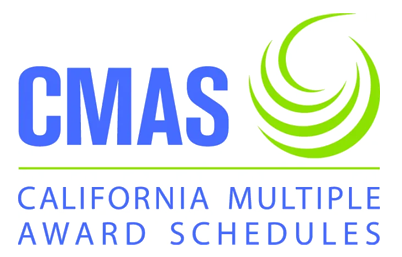Article Requests
EID team members frequently are requested to write articles and publish on subjects related to ECM technologies and E-discovery/E-evidence. Our most recent and popular articles are listed below. Please contact us for other topics not covered here.
Electronic Evidence: Can you lay the foundation for ESI?
ABSTRACT:
Learning how clients or adversaries have maintained electronically stored information (ESI) will provide lawyers with the ability to determine whether all available ESI has been received in E-discovery. It also provides litigators with the necessary tools to defend or challenge the laying of foundation of critical electronic evidence. Finding out that the ESI evidence may have been maintained in a less than trustworthy environment can shape not only how the foundation is laid but also arguments to the trier of fact about the ultimate weight to be accorded to electronic evidence.
Is Your Electronic Stored Information (ESI) System Trustworthy?
ABSTRACT:
To be a “trusted” ESI system, it takes more than protecting your information from hackers and having back-up and retrieval systems in place. ARP-1 (2009) provides guidance on what the industry best practices are saying about how to ensure that all “electronically stored information can be considered to be a true and accurate copy of the original information received regardless of its format.” Security and multiple copies are two pieces of the puzzle, but so is having a combination of media, hardware and software that prevents unauthorized alterations, an ability to independently verify the storage processes through audits, and policies and procedures to support the system.
Electronic Discovery: How do you know you got everything?
ABSTRACT:
Whether you are evaluating an opponent’s ESI response to a discovery order or reviewing your own client’s proposed response, the question of whether you got everything subject to the order is not easily answered. Six ESI forensics steps can assist in evaluating the completeness of any response by determining: 1) how the material was captured and stored originally; 2) how the information was produced? 3) the time line of the ESI content; 4) whether any patterns are present; 5) whether the meta data has any additional story to tell and 6) the relevancy of the content
Understanding ECM Industry Acronyms
Abstract:
There are many different acronyms and terms associated with our industry and in many cases the industry duplicate meanings for the same acronym or different acronyms for the same technology. This article points out some of these issues and provides some insight on this topic and others.
Successful Workflow Implementation
Abstract:
Far too many organizations fail to recognize the importance of change management activities and detailed roll-out planning in the implementation of their document management technologies. Following the AIIM International Implementation Guidelines and asking practical questions during the early planning for an ECM system will greatly enhance the odds for a successful implementation of the ECM or EDMS systems from the end-users to high-level managers.
Wither Workflow
Abstract:
When looking at workflow applications and tools offered by vendors and system integrators, remember the applications are expanding on their maturity, not replacing core technologies. To ensure selection of the appropriate technology and application for your business issue(s), always try to follow the industry guidelines for document management technology evaluation and selection. The first activity described in these guidelines is the development of a detailed process baseline.





